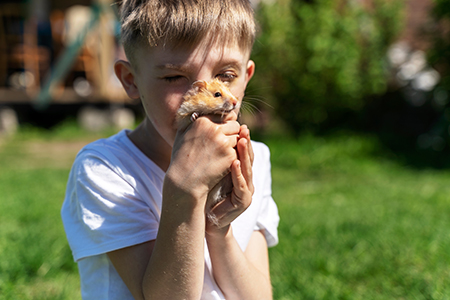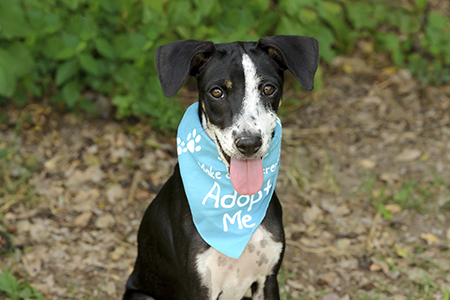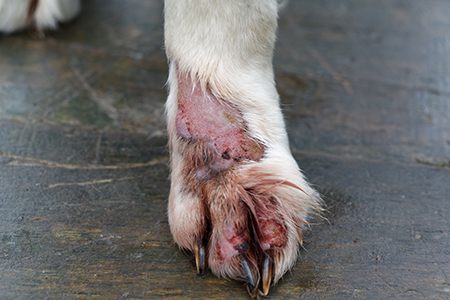 Animal Science, Pet Care
Animal Science, Pet Care  No Comments
No Comments Do Pets Reduce Your Child’s Allergies? New Study Says “Yes! Also: No!”
The hygiene hypothesis, even if you don’t know it by name, is probably a familiar concept. The idea is that the rise in allergies observed in wealthy countries is tied to a decline in rural living, and lack of childhood exposure to various animals, infections, and allergens. This doesn’t mean children should be outside all day playing with cow pies, of course. Hygiene is important and protects us from numerous maladies. However, the idea that there is a downside to being exposed to a less diverse collection of microbes as we develop is appealing, and many researchers feel there is merit to it.
And now, more than 30 years after the hypothesis’ popularization, research from the Fukushima Medical University is providing data to back up this concept… well, kind of.
Researchers took data from 100,000 pregnancies between 2011-2014, and compared the food allergy rates of kids born into households with pets compared to those that were not. As you might expect, kids in houses that had dogs and/or cats showed less sensitivity to foods like eggs, milk, nuts, soybeans, and wheat. But don’t get smug, pet owners! As is so often the case, it’s not so simple as “keep a pet and reduce your child’s odds of suffering from a food allergy.” Dogs and cats aren’t the only animals kept as pets in Japan. Terrapins are also a common household pet, but children with terrapins showed no different rate of allergies than kids raised without pets. Further, keeping hamsters seemed to increase the rate of nut allergies for kids. Given how terrifying nut allergies can be, such findings could give expectant parents pause when it comes to raising their kids alongside hamsters!

Fortunately for the hamster’s reputation, these findings are still in the early stages, unclear in many cases, and easily confounded. But nevertheless, as an organization that supports pet ownership as well as rigorous science, it is exciting to see the hygiene hypothesis pursued with real data (even if the final outcome isn’t as pro-pet as we’d hoped)!
Resources
★ Associations between fetal or infancy pet exposure and food allergies: The Japan Environment and Children’s Study
★ (2013) Want to Fight Allergies? Get a Dirty Dog



